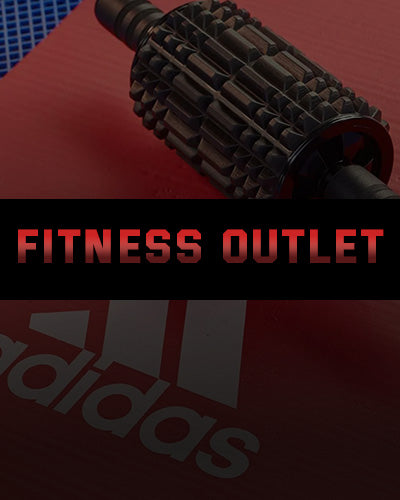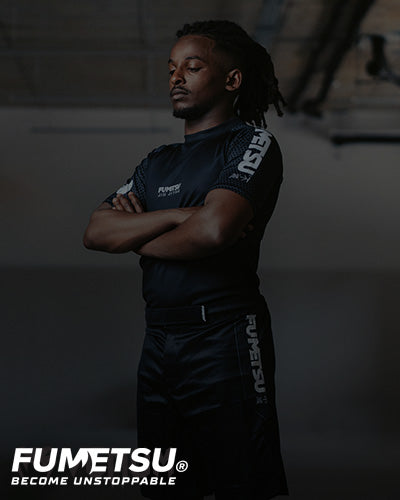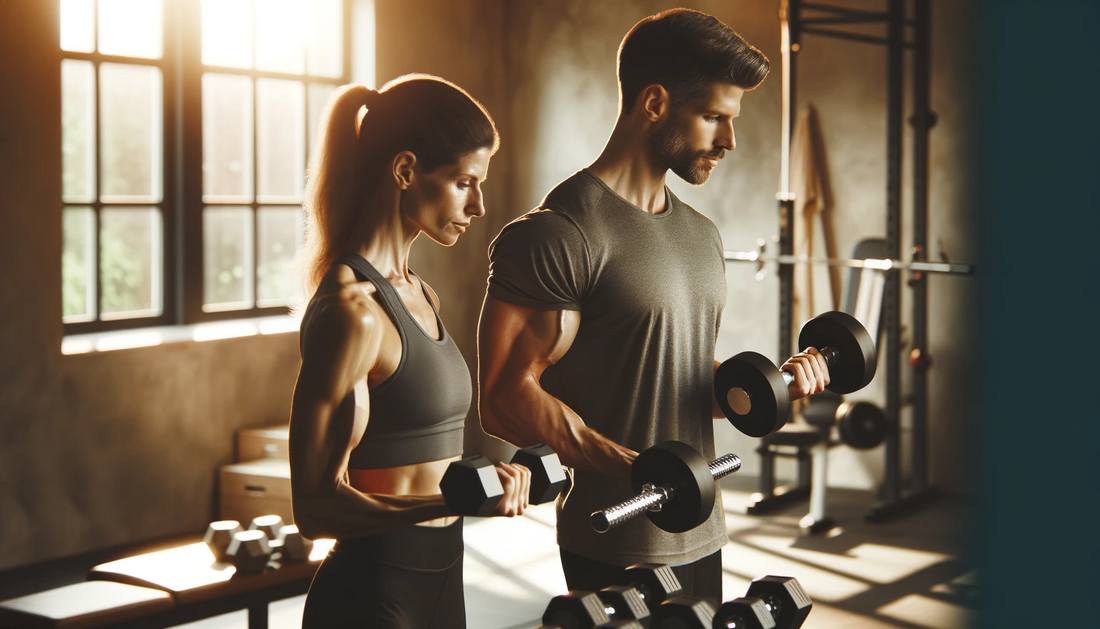In the quest for arm strength and muscle building, the spotlight often shines brightest on the biceps brachii.
These muscles are not just a symbol of strength; they're central to our daily activities involving elbow flexion. Today, we're diving into the world of effective dumbbell home bicep workouts, a practical approach to enhancing your arm muscle development without stepping out of your comfort zone.
8 Dumbbell Bicep Exercises
When it comes to bicep workouts at home, dumbbells are your best friend. They're versatile, easy to use, and fantastic for targeting different bicep muscles. Let's explore some of the most effective dumbbell bicep exercises you can do right in your living room.
Required Equipment for Your Workout
Dumbbells: Choose a set of dumbbells with a weight that is challenging yet manageable for you.
Space: Ensure you have a modest area where you can comfortably perform the exercises without any restrictions.
Weighted Bench (Optional): Ideally, have a weighted bench on hand, but don't worry if you don't - these exercises can still be effectively performed without one.

Bicep Exercises
1. Dumbbell Curls
The classic dumbbell curl is a staple in arm exercises at home. Stand with your feet shoulder-width apart, holding a dumbbell in each hand. With your elbows close to your torso, curl the weights while keeping your upper arms stationary. This exercise targets not just your biceps but also aids in forearm strength.
1. Starting Position: Stand with feet shoulder-width apart, holding a dumbbell in each hand at arm's length. Palms should face forward, and elbows should be close to the torso.
2. Curling the Weights: While keeping your upper arms stationary, exhale and curl the weights towards your shoulders. Only your forearms should move.
3. Peak Contraction: Once at the top, hold the position briefly to squeeze the bicep.
4. Lowering the Weights: Inhale and slowly begin to lower the dumbbells back to the starting position.



2. Supinated Curl
In the supinated curl, your palms face upwards throughout the movement. This variation emphasises the short head of the bicep, crucial for that peak when you flex.
1. Starting Position: Stand with feet shoulder-width apart, dumbbells at arm's length, palms facing up.
2. Curling the Weights: Keeping your elbows stationary, curl the weights while keeping your palms facing up throughout the movement.
3. Peak Contraction: Squeeze your biceps at the top for a moment.
4. Lowering the Weights: Slowly return to the starting position.
3. Reverse Curl
For the reverse curl, flip your grip so your palms face down. This change targets the brachialis, an often-overlooked muscle that can really enhance the overall appearance of your biceps.
1. Starting Position: Stand with feet shoulder-width apart, holding dumbbells with palms facing down.
2. Curling the Weights: Keep your elbows close to your body and curl the dumbbells towards your shoulders.
3. Peak Contraction: Pause briefly at the top of the movement.
4. Lowering the Weights: Slowly lower the dumbbells back to the starting position.
4. Hammer Curl
The hammer curl, where your palms face each other, is excellent for hitting the long head of the bicep and the brachioradialis of the forearm.
1. Starting Position: Stand with feet shoulder-width apart, dumbbells at your sides, palms facing your body.
2. Curling the Weights: Curl the dumbbells up while keeping your palms facing each other.
3. Peak Contraction: Squeeze the biceps at the top.
4. Lowering the Weights: Lower the dumbbells back to the starting position.

5. Wall Curl
Standing against a wall while performing bicep curls ensures strict movement, preventing any cheating that comes from swinging the weights. This form of isolation is great for muscle building.
1. Starting Position: Stand with your back against a wall, feet shoulder-width apart. Hold dumbbells with palms facing forward.
2. Curling the Weights: Curl the weights while keeping your back and elbows against the wall.
3. Peak Contraction: Squeeze the biceps at the top of the movement.
4. Lowering the Weights: Slowly return to the starting position.
6. Wide Lifted Biceps Curl
This variation involves lifting your arms out wide, parallel to the floor, a movement that requires additional control and stability, thus intensifying the workout.
1. Starting Position: Stand with feet shoulder-width apart, arms extended out to the sides at shoulder level, palms facing up.
2. Curling the Weights: Bend your elbows and curl the weights towards your head.
3. Peak Contraction: Pause and squeeze the biceps.
4. Lowering the Weights: Slowly extend your arms back to the sides.
7. Zottman Curl
The Zottman Curl is a 360-degree workout for your arms. Curl up with palms facing up, rotate at the top, and descend with palms facing down.
1. Starting Position: Stand with feet shoulder-width apart, dumbbells at your sides, palms facing forward.
2. Curling the Weights: Curl the dumbbells up while keeping your palms facing up.
3. Mid-Movement Adjustment: At the top of the curl, rotate your wrists so that your palms face down.
4. Lowering the Weights: Lower the dumbbells with your palms facing down.
5. Return Position: At the bottom, rotate your wrists back to the starting position.
8. Incline Curl
Performed on an incline bench, this exercise stretches the biceps more, providing a different angle for muscle growth. A great way to switch up your routine.
1. Starting Position: Sit on an incline bench with a dumbbell in each hand, arms hanging down and palms facing forward.
2. Curling the Weights: Curl the dumbbells towards your shoulders, keeping your upper arms stationary.
3. Peak Contraction: Squeeze the biceps at the top.
4. Lowering the Weights: Slowly lower the dumbbells back to the starting position.

Different Weight Dumbbells
Dumbbells in kilograms cater to a wide range of strength levels, starting from very light options such as 0.5 kg to 4 kg, which are super lightweight usually for those focusing on rehabilitation.
Intermediate users might opt for weights around 5kg, 7 kg, 10kg, 15kg and 20kg which are common for regular fitness routines.
For more advanced strength training, weights can escalate to 22kg and beyond. It's crucial to start with a manageable weight to ensure proper form, gradually increasing the load as strength and technique improve.
Bicep workouts with dumbbells don't have to be monotonous. Using different weight dumbbells can add variety to your routine, challenge your muscles in new ways, and aid in progressive muscle building. For beginners, start with lighter weights like the Reebok Softgrip 1kg Dumbells Blue. As you progress, you can move to heavier options like our Black Bytomic Rubber 20kg Hexagon Dumbbell Set.
Strength Training at Home
Incorporating strength training into your home workout routine doesn’t just build muscle, but also enhances overall health. Exercises like the preacher curl, where your arms are supported on a bench or an incline, can provide a solid foundation for strength training.
Building Bicep Muscles
Building bicep muscles isn't just about curling weights. It's about understanding the anatomy of the arm and the function of the bicep. The bicep brachii, located on the front of the upper arm, is responsible for elbow flexion and forearm rotation. By varying your exercises and angles, you can target both the long and short heads of the bicep, leading to more balanced and effective muscle growth.
Focus on Form
One key aspect of effective bicep workouts is maintaining proper form. This means controlling the weights throughout the entire movement, avoiding swinging or using momentum. Slow, controlled movements ensure maximum muscle engagement and reduce the risk of injury.
Progressive Overload
To continually challenge your biceps and spur growth, progressively increase the weight or the number of repetitions in your workouts. This gradual increase helps to avoid plateaus and continues to push your muscles to adapt and grow.
Rest and Recovery
Muscles grow during rest, not during workouts. Ensure you're giving your arms adequate time to recover between sessions. This doesn't mean avoiding all exercise but rather focusing on different muscle groups or types of exercise on off days.

Advanced Techniques for Bicep Development
To take your bicep workouts to the next level, consider incorporating the following advanced techniques:
Supersets and Dropsets
Supersets involve performing two exercises back-to-back with no rest in between. For biceps, you might pair a set of hammer curls with reverse curls. Dropsets, on the other hand, involve reducing the weight and continuing the exercise to failure. These methods increase intensity and can lead to significant gains in muscle size and strength.
Negative Reps
Focus on the eccentric (lowering) phase of the curl. Lift the dumbbell normally but take 3-5 seconds to lower it back down. This technique increases time under tension, a key factor in muscle growth.
Pre-Exhaustion
Start your workout with an isolation exercise like the concentration curl to fatigue the biceps before moving on to compound movements. This method ensures your biceps work harder during the subsequent exercises.
Rounding Up Our Bicep Workout
Incorporating these exercises into your home exercise regime can lead to significant improvements in arm strength and muscle development. Remember, consistency is key. And don't forget to check out our complete range of dumbbells in our Dumbbell Collection to find the perfect match for your home workouts. Stay tuned for more tips and variations in the next section of our article.
Bicep Building FAQs
Can you build biceps at home?
Absolutely! Building biceps at home is possible with the right approach. Using dumbbells or resistance bands, you can perform a variety of exercises that effectively target the biceps. Exercises such as bicep curls, hammer curls, and concentration curls are great examples. The key is to maintain consistent workouts and progressively increase the intensity over time.
Is it possible to Train biceps without equipment?
Yes, you can train your biceps even without traditional gym equipment. Bodyweight exercises such as chin-ups or pull-ups can effectively work the biceps. Additionally, using household items like heavy books or water bottles as makeshift weights can also contribute to bicep development.
Can you train your biceps with bodyweight?
Training your biceps using bodyweight is not only possible but also very effective. Exercises like chin-ups and pull-ups are excellent for targeting the biceps and require no equipment other than a bar or a sturdy overhead structure to hang from.
Can a skinny person get biceps?
Yes, a skinny person can develop biceps. Muscle growth depends on consistent strength training and proper nutrition, regardless of your starting body type. By engaging in regular bicep-focused exercises and ensuring a diet rich in protein, even those who start off skinny can build noticeable bicep muscles.
Should I lift heavy for my biceps?
Lifting heavy can be effective for building bicep muscles, but it's important to do so with proper form and technique. It's also crucial to balance heavy lifting with lighter weights and higher repetitions. This approach allows for comprehensive muscle development, reducing the risk of injury and ensuring balanced growth.






